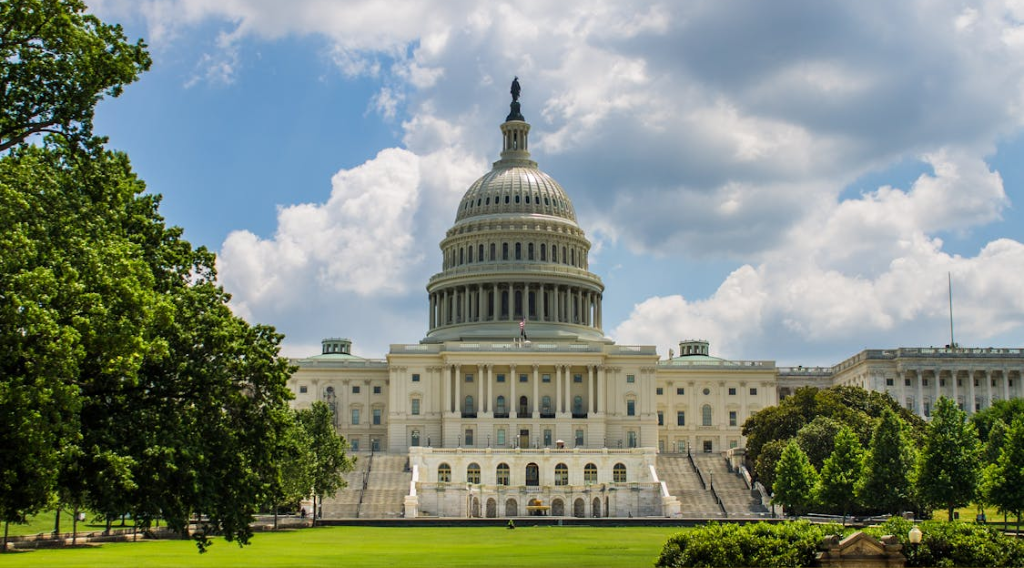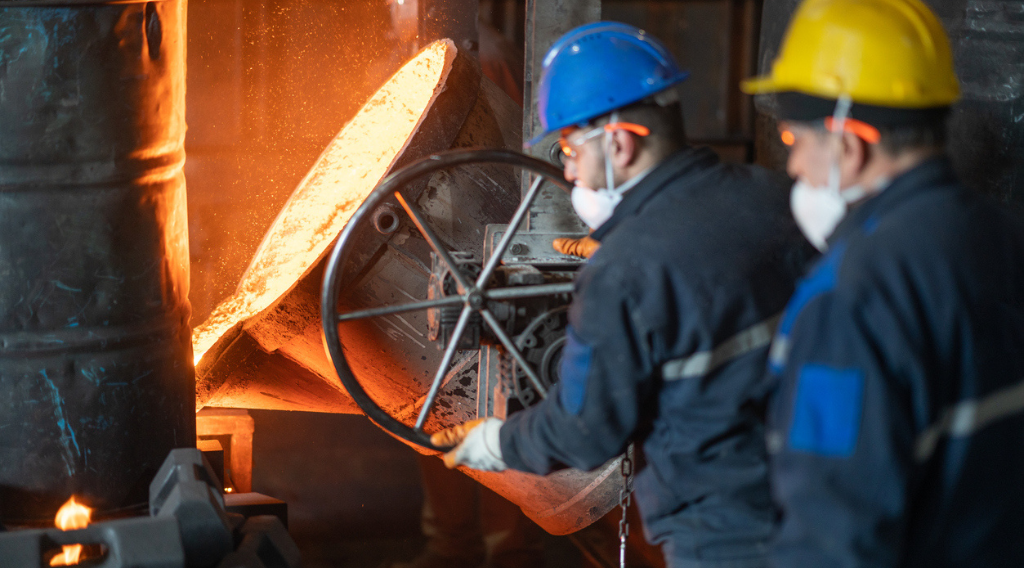
At a time when the rapid construction of new coal-fired power plants in China, India, and other emerging economies is contributing to significant global emissions growth, it is essential that the US continues to lead the way in commercial deployment of technologies to manage carbon emissions from existing power plants.
Legislation has been introduced in the US Senate and the US House of Representatives—the Carbon Capture Modernization Act (S. 407 and H.R. 1796)—that will reform the Section 48A tax credit. The legislation would correct program design flaws that have made it impossible for companies to access existing incentives for retrofitting currently operating US coal-fired power plants with carbon capture technology. The legislation was introduced in the Senate by John Hoeven (R-ND) and Tina Smith (D-MN) and has seven additional bipartisan cosponsors. The House legislation was introduced by David McKinley (R-WV) and Collin Peterson (D-MN) and is currently supported by eight other bipartisan cosponsors.
Carbon capture a critical tool to achieve midcentury climate goals
According to the International Energy Agency (IEA), global energy consumption grew by 2.3 percent in 2018 and global energy-related carbon dioxide emissions increased 1.7 percent in 2018 to 33.1 Gt CO2. The power sector accounted for nearly two-thirds of global emissions growth. China, India, and the United States accounted for 85 percent of the net increase in emissions, and coal use in the power sector increased to 10 Gt CO2, mostly in Asia. In 2018, coal-fired electricity generation accounted for 30 percent of global CO2 emissions. The majority of that generation is found today in Asia’s young and growing coal fleet, where average power plants are only 12 years old.
The IEA also notes in their Global Energy & CO2 Status Report:
“…For the first time in almost a decade, 2018 saw an increase in plans to develop large-scale carbon capture, utilisation and storage (CCUS) facilities. By the end of 2018, the number of projects operating, under construction, or under serious consideration increased to 43. China is operating a new facility to capture CO2 from natural gas processing for use in enhanced oil recovery, and, in Europe, five new projects are under development.”
The IEA estimates that new facilities, from power plants to industrial facilities, will have the potential to capture up to 13 Mt CO2 annually, which is a 15 percent increase in potential CO2 capture across the global project pipeline. IEA sites the reformed and expanded Section 45Q tax credit in the US as a primary reason for a predicted “new wave of investment” in carbon capture in the coming years.
Given that the vast and expanding conventional coal fleet overseas will likely operate for decades to come, deploying cost-effective solutions for retrofitting coal power plants with carbon capture is of urgent importance if we are to have any prospect of meeting midcentury climate goals. That makes further leadership in the commercial demonstration of these technologies in the US a top priority in the effort to curb global carbon emissions.
Bipartisan fix to 48A can result in near-term projects with global implications for emissions
Therefore, current efforts in Congress to reforming the 48A tax credit are critical. In addition to correcting design flaws, enactment of the bipartisan Carbon Capture Modernization Act would free up an estimated $1.7 to $2 billion in available funding for tax credits, allowing US power companies to pursue multiple additional carbon capture projects and build on the success of NRG Energy’s world-class Petra Nova project at a power plant near Houston.
Initially enacted into law in 2005, the 48A tax credit was directed at coal-fired power plant projects that sought to reduce emissions through efficiency upgrades. The law was further revised in 2008 to increase the tax credit value to 30 percent and to require the capture and storage of 65 percent of the CO2 generated at eligible plants; however, the efficiency requirement was left intact, which cannot be met by power plants that install carbon capture, even though such retrofits would achieve much greater carbon emissions reductions than could be accomplished through the required efficiency improvements. Modifying this tax credit to reflect Congressional intent in 2008 to advance carbon capture deployment would unlock an investment tax credit that could launch several large-scale carbon capture projects in the near-term, with potential meaningful implications for both US and global emissions reductions efforts.
Fixing the 48A tax credit is a unique opportunity to advance a bipartisan measure, spur multiple large-scale carbon capture projects, and demonstrate that the world has yet another tool in its toolbox to reduce greenhouse gas emissions.


